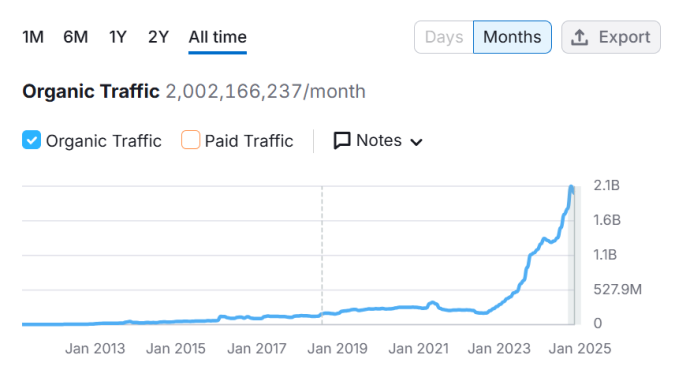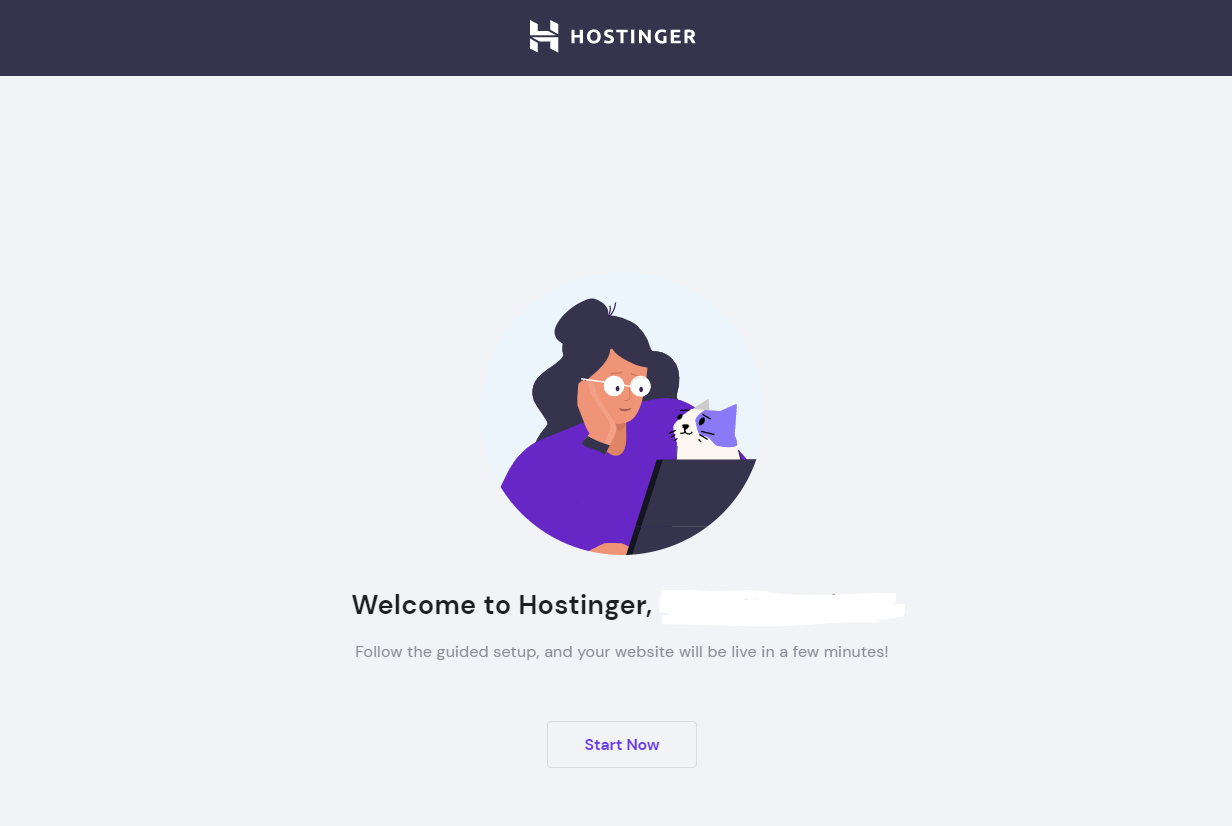It’s one of digital marketing’s most persistent challenges: your carefully crafted banner ad gets served, but your audience hardly sees it.
Banner blindness, the phenomenon where users consciously or unconsciously ignore ad-like elements on a webpage, has been well-documented for over two decades.
It’s the silent killer of digital marketing ROI, rooted in how our brains are wired to survive an overload of online noise.
Your banner ad isn’t being ignored because it’s boring. It’s being ignored because it looks like an ad or is deemed irrelevant to a user’s task.
This isn’t a creative problem. It’s a cognitive one.
If you want your ads to break through, you need to understand what makes the human brain pay attention. Let’s dive into the psychology behind banner blindness and the science of grabbing attention in a distracted world.
What Is Banner Blindness?
Banner blindness is a user behavior in which people consciously or subconsciously ignore ad-like elements on a webpage. This behavior isn’t just anecdotal, it’s measurable.
For example, this is the Daily Mail’s homepage. The green shaded areas include five ads in the format of banners and videos:

The actual content takes up only 37.4% of visual real estate. The rest is either an ad or whitespace around an ad.
Despite ads taking up a large share of the page, users have learned to tune them out entirely.
Eye-tracking studies consistently show that banner areas receive little to no visual attention, even when they dominate the screen. And the performance data backs it up. Let’s take a closer look at just how much banner blindness is costing marketers.
Banner Blindness by the Numbers
First identified in usability studies in 1998 by researchers Jan Panero Benway and David M. Lane, banner blindness is now a well-documented phenomenon driven by how users scan for information online and avoid distractions.
In 2013, about 86% of consumers had banner blindness. Today, this phenomenon is rampant, with millennials and digital natives being more prone to it.
This presents a major challenge for marketers.
You can invest heavily in ad design and placement, only for users to scroll past without even noticing. Research shows the average click-through rate for display ads is just 0.05% (down from 1% in earlier internet days).
On mobile, up to 60% of ad clicks are accidental, not intentional engagement.
In other words, it’s not just that people don’t see banner ads; they’ve trained their brains to zone out of them. And that makes capturing relevant clicks and attention much harder (and more expensive) than it used to be.
The Psychology of Why Banner Blindness Happens
Despite advances in user-first design, personalization, and ad tech, banner blindness persists because it’s not just a design problem. It’s actually rooted in how the human brain processes information.
Users aren’t trying to avoid your ads; their minds are working efficiently to filter out distractions and focus on what matters to them in the moment.
Understanding these psychological drivers is the first step toward designing ads that get noticed.
1. Selective Attention
Selective attention is the brain’s ability to focus on relevant information while filtering out distractions. This often causes users to ignore anything that doesn’t align with their immediate goals.
Users navigate websites with specific goals in mind, like reading an article, comparing products, or checking updates.
If something looks like an ad, the brain flags it as irrelevant before it even registers consciously. For example, if a user reads a news article, their eyes may skim straight past a sidebar banner, no matter how eye-catching or animated the design might be.
This filtering is efficient for the user’s ability to focus on their task, but deadly for marketing performance since it makes anything that looks or feels like an ad ignorable.
2. Ad Fatigue
It’s widely estimated that most people are exposed to between 4,000 and 10,000 ads a day. However, the number they consciously register is significantly less (estimated at about 98.5 per day).
This desensitization is known as ad fatigue.
According to Statista, consumers also find ads on the following media platforms more relevant than ads they see on websites or Google:

Because of such repeated exposure to ads, most people develop a kind of immunity and mentally block out ad formats they’ve seen repeatedly or deem irrelevant.
That’s also why consumers who spend more time online are more prone to banner blindness than those who don’t have as much digital exposure.
3. Pattern Recognition
People are wired to spot patterns, and when a layout or design feels familiar, the brain skips analyzing it in detail.
Ad designs often mimic predictable patterns. They are also placed in predictable zones on the screen: top of the page, sidebars, or bottom corners.
Once users have seen that pattern enough times, their brains pre-label it as an “ad” and ignore it automatically (often unconsciously).
Eye-tracking studies show that users rarely look at these zones, especially when focused on reading, even if they don’t contain ads. In fact, they also tune out content that’s close to actual ads or promotions.
For example, looking at PC Mag’s blog layout, the user’s eye is generally drawn to the centre of the screen:

The area above is mostly ignored due to the banner and menu taking up about 50% of the vertical space.
The content and images around the bottom right corner are also ignorable as that’s another common ad placement zone.
The brain learns where “the noise” usually lives, and avoids it.
4. Cognitive Load Management
To avoid overwhelm, most people limit the amount of information their brains process at once. This is known as cognitive load management.
Every web page is a flood of visual, text, and sometimes audio information. Good UX tries to limit the cognitive load it takes for a new user to understand what’s on the page and to find what they’re looking for.
It understands that the human brain protects itself by prioritizing essential content and discarding the rest.
A great example of design that limits cognitive overload is Medium’s blog:

There’s ample white space around the main section of the post, allowing readers to focus all their attention on the task of reading the content.
Designs that crowd out the main content with ads require more mental resources for a reader, which is why ads are one of the first elements that get ignored.
6. Learned Distrust
Years of intrusive or misleading ads have trained users to distrust anything that looks promotional.
Even if a banner ad is helpful or relevant, users may avoid it out of habit. For example, someone researching “best laptops for students” might skip over a well-targeted banner from a laptop brand, assuming it’s biased or clickbait.
However, if it’s an ad from a brand they already know, like, and trust, there’s a higher chance they’ll engage because there’s no inherent distrust.
How Banner Blindness Has Evolved With AI and Personalized Ads
With the rise of AI-driven ad targeting, hyper-personalization, and responsive design, it’s easy to assume banner blindness is becoming a thing of the past. But the numbers tell a different story.
Despite better tools and smarter targeting, display ads still perform poorly, especially on mobile.
According to WordStream, the average click-through rate for display ads across industries is just 0.46%. On mobile, over 60% of banner ad clicks are accidental, driven by mis-taps rather than genuine engagement.
What’s more concerning is that consumers can intuitively identify AI-generated ads. These are perceived to be more “annoying, boring, and confusing” than traditional ads. So, in addition to regular banner blindness, many modern consumers are also developing AI-blindness that dampens their perception of AI-generated ads and also the brands creating them.
Overcoming Banner Blindness
When attention is currency, and competition for screen real estate is fiercer than ever, overcoming banner blindness isn’t just an optimization tactic; it’s essential for earning a return on your online ads.
Here are three ways you can do that.
1. Test Banner Variations With A/B Testing
When it comes to reducing banner blindness, there’s no one-size-fits-all solution. What grabs attention on one site might be ignored on another.
That’s why A/B testing is essential. A/B testing allows you to compare the performance of two different designs to see which performs the best over time.
It’s best to make slight changes to things like the copy, colors, images, call to action, or placement of the ads so you can test the impact of each change. After a few tests, you’ll incrementally be able to improve your click-through and conversion rates by cumulating the features from all the designs with the best performance.
The good news is that you can get started with A/B testing in Crazy Egg without writing a single line of code.

You can experiment with banner layouts, button text, headline formats, and even how early a banner appears in the user journey. The platform then tracks which version gets the most engagement, so you’re not relying on gut instinct or best guesses.

These insights help optimize not just design, but ROI.
By continually testing and refining, you stay responsive to user behavior and ensure your banner ads evolve as browsing habits shift.
2. Use Heatmaps to Find Blind Spots
Many marketers spend time perfecting banner designs without realizing they’re placing them in zones users never see.
This is where heatmaps and scroll maps become invaluable. They visually show where people click, scroll, and focus, making it easy to identify “hot” and “cold” areas on a page.

Crazy Egg’s heatmap and scroll map tools provide real-time visual data on how far down the page users are scrolling and where their attention drops off. If your banners live in cold zones (such as the header or right sidebar) it’s time to rethink your layout.
You can view the data in a few different formats. I find the most helpful views for identifying where people actually click are click maps, confetti maps and overlay maps.
With click maps, you’ll be able to see what gets clicked on the most:

With confetti maps, you can isolate individual clicks and filter them by dimensions like audience demographics or referral source:

The overlay maps let you compare interactions with specific elements against each other. These are very helpful for comparing the visible ads to each other to see which ones will drive the best performance:

By identifying underperforming placements before they become costly mistakes, Crazy Egg’s heatmaps and scrollmaps help you make smarter, data-backed decisions and reclaim attention your ads were missing out on.
3. Make Ads Blend In (Strategically)
Traditional banner ads are easy to spot and, therefore, just as easy to ignore. One way to bypass banner blindness is to make your ads blend with the content around them.
This doesn’t mean deceiving users, but designing banners that feel native to the browsing experience.
Keep the design on-brand and consistent with the rest of the site. While it’s tempting to use bold, contrasting visuals to grab attention, this can backfire by making the ad instantly recognizable (and ignorable) as promotional content.
When possible, consider moving away from standard ad zones like sidebars or footers. Instead, place ads directly within content, such as between paragraphs or alongside related text. This inline placement feels more natural and less disruptive.
Studies show that 92% of consumers trust influencer-style recommendations over traditional advertising. Native mentions within blogs, videos, or social posts are often more effective because they’re delivered in a format the user is already engaged with and from a voice they trust.
Ultimately, banner ads can thrive on disruption. But when your ad feels like part of the experience, it has a far better chance of being seen, trusted, and acted on among audiences more prone to banner blindness.






